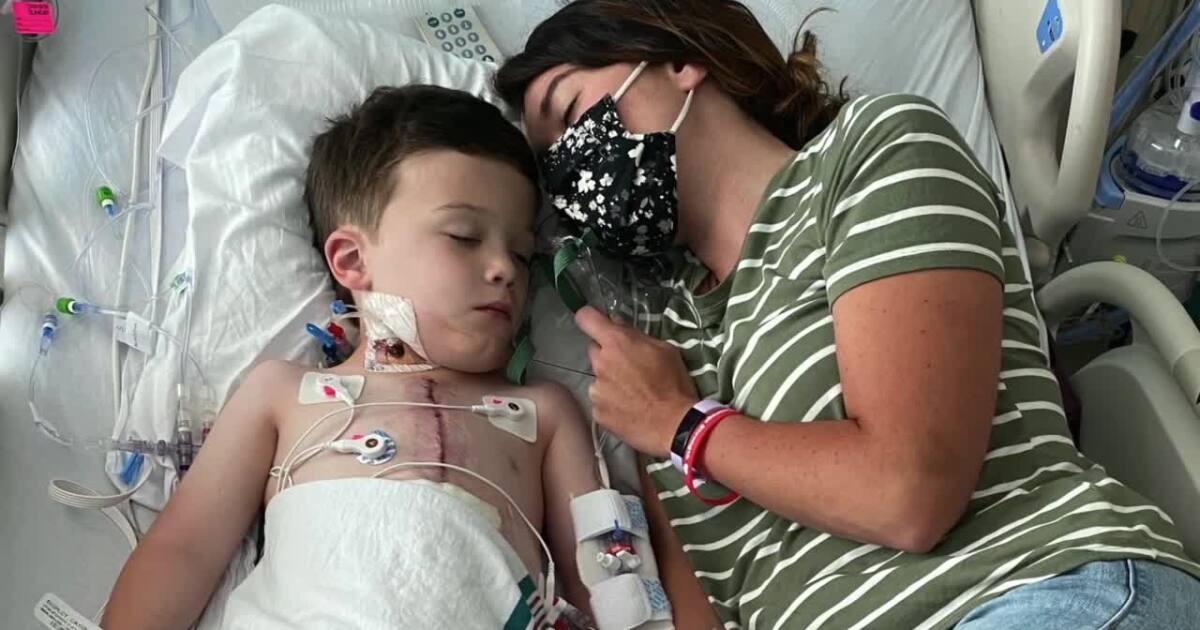A Courageous Voice for CPR Awareness
At a recent event in Richmond, Virginia’s general assembly building, 7-year-old Cayden Shipley bravely stood before an audience to share his critical message on the importance of CPR. Born with a congenital heart defect, Cayden’s life has been a testament to resilience and the power of medical intervention, having endured multiple heart surgeries since infancy. His compelling questions to the audience emphasized the universal need for hands-only CPR knowledge, challenging each person to be prepared to save a life.
Advancing Cardiac Safety in Schools
Cayden’s advocacy supports the American Heart Association’s (AHA) efforts to pass Senate Bill 181, which would require Virginia schools to develop a Cardiac Emergency Response Plan (CERP). The bill, championed by Democratic State Senator Aaron Rouse, aims to establish clear protocols to improve cardiac arrest response in educational settings. By integrating these plans with existing emergency procedures, schools would enhance their preparedness and potentially save lives during cardiac emergencies.
Collaborative Efforts to Promote Heart Health
The initiative has garnered support from various sectors, including the National Football League, which has partnered with the AHA to form the Smart Heart Sports Coalition. This alliance seeks to ensure that athletic programs at all levels prioritize heart health and emergency readiness. With the backing of figures like former NFL player Michael Robinson, the campaign emphasizes the need for regular emergency drills, accessible Automated External Defibrillators (AEDs), and comprehensive training for school staff and coaches.
Additional Information
The proposed legislation and community efforts underscore a critical move towards safeguarding the health of students and staff across schools in Virginia. The statistics from the AHA indicate a significantly higher survival rate from cardiac arrest in schools equipped with AEDs, highlighting the effectiveness of these devices when coupled with proper training. As the bill moves to the House of Delegates, there is a hopeful consensus on its potential to create safer educational environments, demonstrating a commitment to not only education but also to the vital aspect of health and safety in schools.
